Forage crop yield and carrying capacity: Last week’s discussions on grazing forage crops have raised some follow-on questions regarding calculating the yield and carrying capacity of the crop.
A few tools are needed to calculate the yield – a shears, clippers or knife to cut the crop, a quadrant or measuring tape to identify a 1m2 area, a bag/container to hold the cuttings and a weighing scales.
If there is significant variability in a crop, then cuttings will be needed from more than one area to get a representative estimate.
The weight of the cuttings is multiplied by 10,000 (as there are 10,000m2 in a hectare) to calculate the volume of forage available on a freshweight basis.
The dry matter then needs to be taken in to account.
The dry matter of forage crops such as rape, kale or hybrid brassicas is typically 12% to 14% but this will be lower during periods of sustained wet weather.
If dealing with root crops, account needs to be taken of the weight of feed underground. It is not suitable to just pull a sample of crop as the dry matter in leaves and roots will vary. For example, the dry matter in stubble turnips is about 8% to 10% while in fodder beet it is 18% to 20%, but this also varies across varieties.
When calculating the carrying capacity, account needs to be taken of levels of utilisation.
This year has been a good year to date for grazing forage crops, with utilisation of 75% to 80% typical, but this can drop to as low as 40% to 50% in periods of sustained wet weather and on sites with poor underfoot conditions.
Teagasc advises that lowland lambs weighing in the region of 35kg to 44kg have a dry matter intake potential of about 1.25kg DM, with light hill lambs weighing 28kg to 35kg consuming 0.9kg to 1kg DM while the intake of ewes will be much higher at 1.6kg DM.
Lameness pre-housing: The best way of limiting lameness in housed sheep is to pre-empt issues and address before sheep are housed.
Affected sheep should be batched together to allow for targeted treatment and to limit the risk of ailments causing lameness spreading.
The success of the treatment programme will be defined by accurately diagnosing what ailment is causing lameness issues as control options differ greatly. For example, regular footbathing will bring scald issues under control whereas it will not address footrot, which requires antibiotic treatment.
The same can be said of contagious ovine digital dermatitis (CODD), which is challenging to get on top of. Veterinary intervention is essential to prescribe appropriate antibiotics.
The lameness vaccine, Footvax, can also play an important role, especially where sheep will be housed for a significant period of time and there is a history of lameness issues. In addition to preventing footrot issues, the vaccine can also help to address existing problems.
Administering ahead of high-risk periods such as housing will deliver the greatest benefits.
2021 sheep census: Some farmers with cull ewes to sell have queried the date of the 2021 annual sheep and goat census. The date of the census remains unchanged and will be 31 December 2021. Documentation will be received by farmers imminently.
Forage crop yield and carrying capacity: Last week’s discussions on grazing forage crops have raised some follow-on questions regarding calculating the yield and carrying capacity of the crop.
A few tools are needed to calculate the yield – a shears, clippers or knife to cut the crop, a quadrant or measuring tape to identify a 1m2 area, a bag/container to hold the cuttings and a weighing scales.
If there is significant variability in a crop, then cuttings will be needed from more than one area to get a representative estimate.
The weight of the cuttings is multiplied by 10,000 (as there are 10,000m2 in a hectare) to calculate the volume of forage available on a freshweight basis.
The dry matter then needs to be taken in to account.
The dry matter of forage crops such as rape, kale or hybrid brassicas is typically 12% to 14% but this will be lower during periods of sustained wet weather.
If dealing with root crops, account needs to be taken of the weight of feed underground. It is not suitable to just pull a sample of crop as the dry matter in leaves and roots will vary. For example, the dry matter in stubble turnips is about 8% to 10% while in fodder beet it is 18% to 20%, but this also varies across varieties.
When calculating the carrying capacity, account needs to be taken of levels of utilisation.
This year has been a good year to date for grazing forage crops, with utilisation of 75% to 80% typical, but this can drop to as low as 40% to 50% in periods of sustained wet weather and on sites with poor underfoot conditions.
Teagasc advises that lowland lambs weighing in the region of 35kg to 44kg have a dry matter intake potential of about 1.25kg DM, with light hill lambs weighing 28kg to 35kg consuming 0.9kg to 1kg DM while the intake of ewes will be much higher at 1.6kg DM.
Lameness pre-housing: The best way of limiting lameness in housed sheep is to pre-empt issues and address before sheep are housed.
Affected sheep should be batched together to allow for targeted treatment and to limit the risk of ailments causing lameness spreading.
The success of the treatment programme will be defined by accurately diagnosing what ailment is causing lameness issues as control options differ greatly. For example, regular footbathing will bring scald issues under control whereas it will not address footrot, which requires antibiotic treatment.
The same can be said of contagious ovine digital dermatitis (CODD), which is challenging to get on top of. Veterinary intervention is essential to prescribe appropriate antibiotics.
The lameness vaccine, Footvax, can also play an important role, especially where sheep will be housed for a significant period of time and there is a history of lameness issues. In addition to preventing footrot issues, the vaccine can also help to address existing problems.
Administering ahead of high-risk periods such as housing will deliver the greatest benefits.
2021 sheep census: Some farmers with cull ewes to sell have queried the date of the 2021 annual sheep and goat census. The date of the census remains unchanged and will be 31 December 2021. Documentation will be received by farmers imminently.




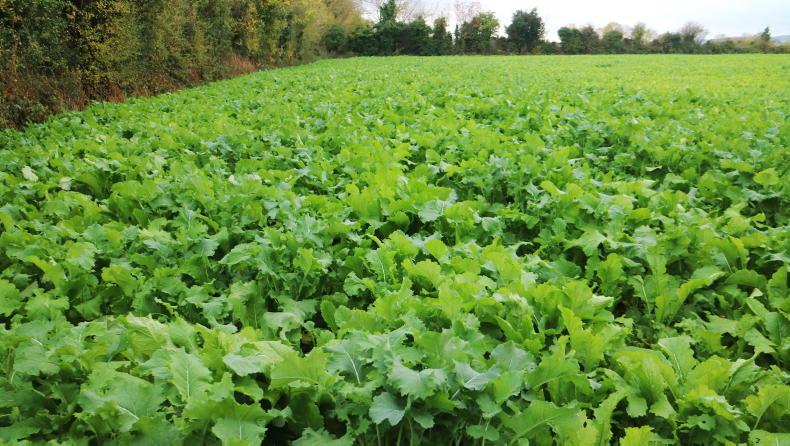
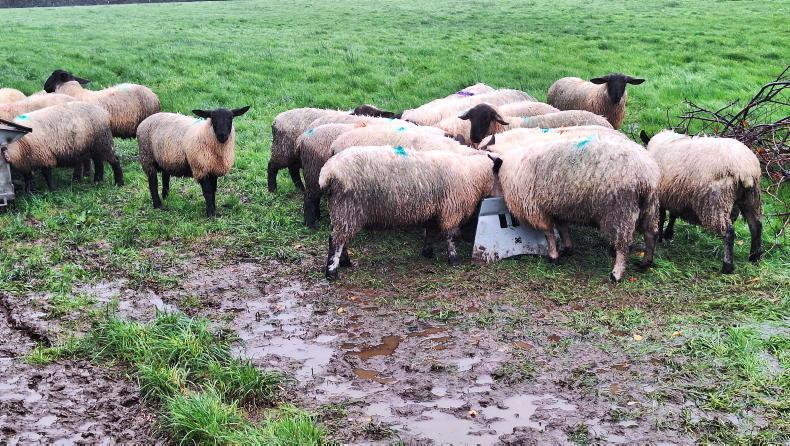

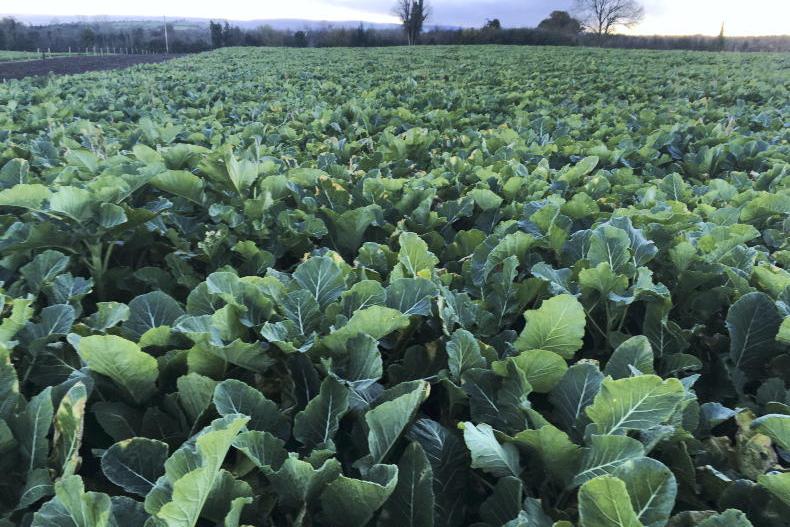
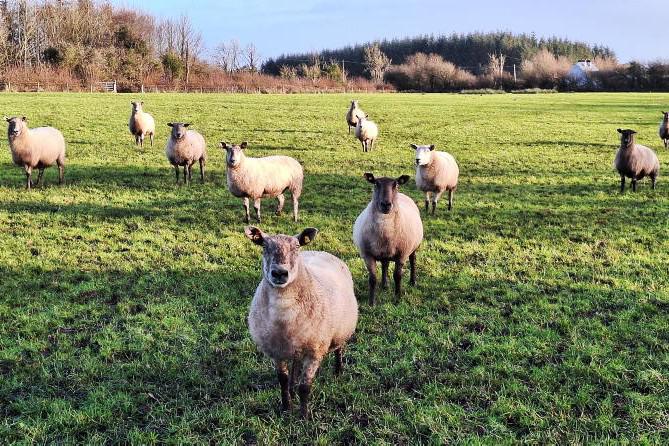
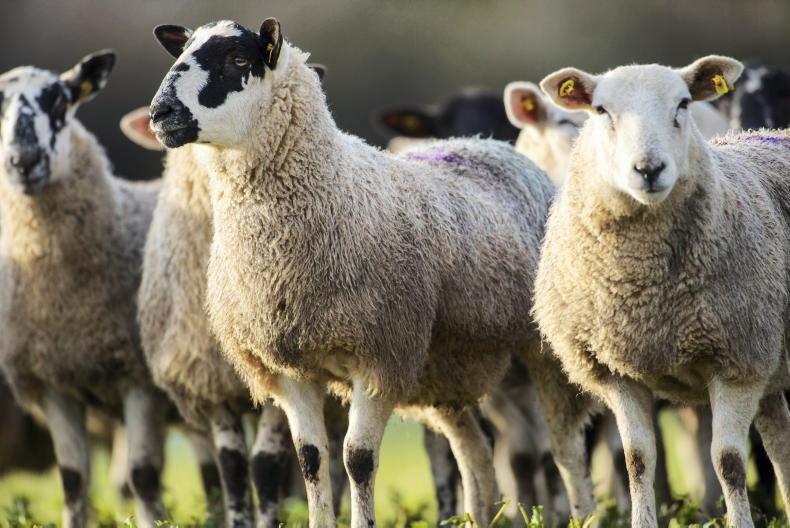
SHARING OPTIONS